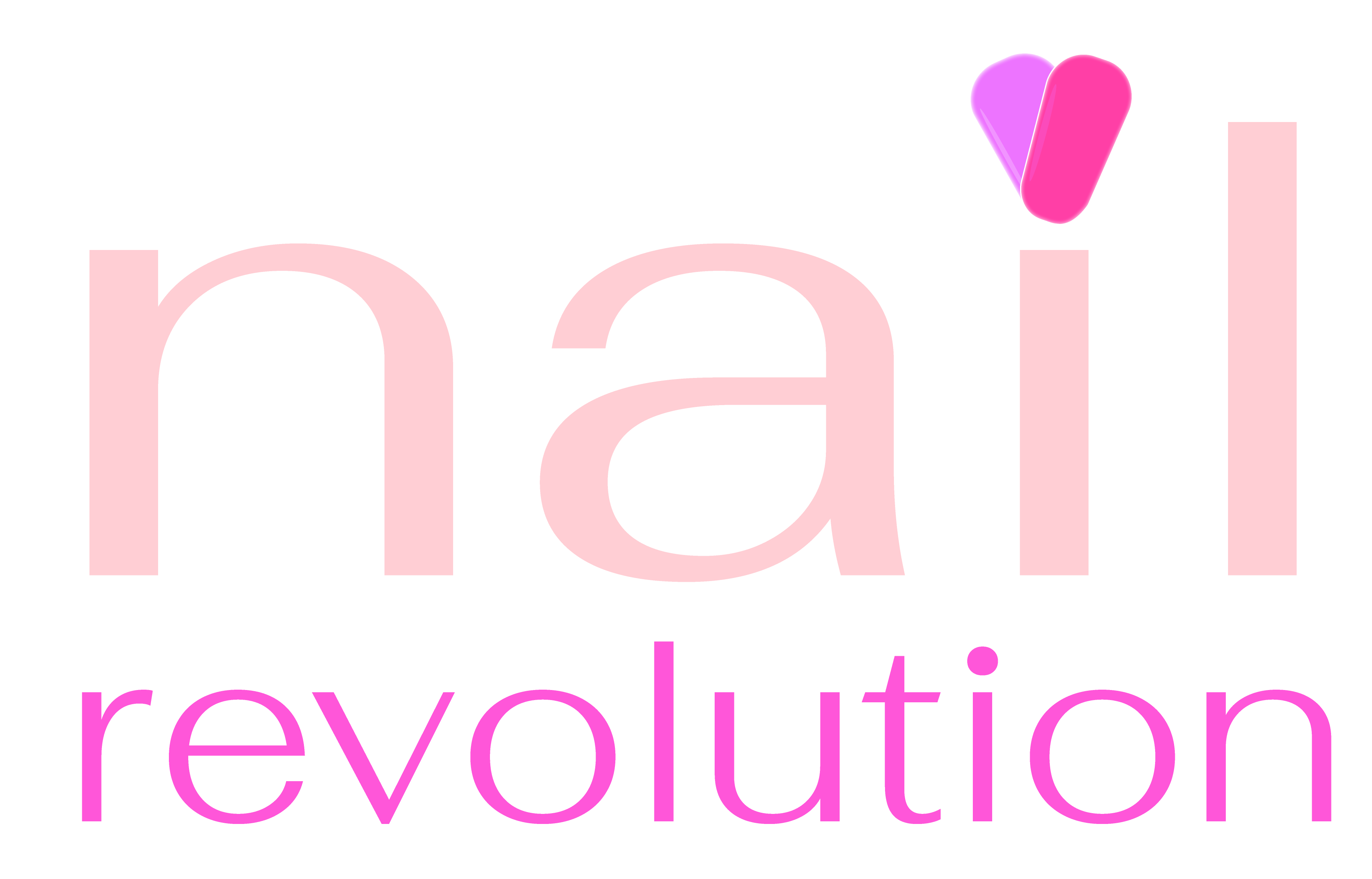Where do I begin?! I know I always stress the importance of regular cuticle oil application and sometimes you may even think I mention it too much! But I promise it’s so important and that application needs to be done 2 to 3 times daily – more if you can!
How your nail is constructed
The nail plate is made up of multiple layers of keratinised cells held together by crystallised keratin, I like to think of this like looking at the side of the house and seeing the layers of bricks and mortar. The bricks are the cells and the mortar is the crystalised keratin holding the cells together. Molecules in the oil you apply must be small enough so that they can penetrate the gaps (the mortar), not all oils have molecules small enough to do this. All cuticle oil is made for the purpose so the molecules will be small enough, other oils which can be used are jojoba, avocado and squalene.
FUN FACT: Did you know the nail plate starts life as the epidermis and the cells gradually loose their contents, flatten and fill with keratin to become what we know as the nail. This happens in the matrix (situated under the proximal nail fold & eponychium, and which produces the cuticle), so the newest part of the nail is at the matrix (under the cuticle), and the oldest part is at the tip of the nail (the free edge).
The layers of the nail plate move against each other to maintain flexibility in the nail, which allows for less breakage. This is where the cuticle oil is a big help, as it provides a form of lubricant which can penetrate through the multiple layers of the nail plate. This aids the nails natural lipids and lubrication, which comes from the nail bed underneath the nail plate. If the nail plate lacks lubrication it means the nails can become hard and brittle leading to nails breaking. So even if you just like your natural nails with nothing applied, cuticle oil is still beneficial.
Water is your nail health enemy
Water is a molecule that can penetrate the nail and can lead to nail dehydration. It’s like when you’ve sat in the bath for a long period and your skin becomes wrinkly due to absorbing the water, the nail also does this and it can cause the nail to change shape – the nail cells swell with water which pushes the layers of the plate further apart. The nail then dry’s out once removed from the water and returns to its natural shape, causing dehydration.
The more the nail is exposed to water it causes the nail to soften and weaken its surface too. The amount of dehydration becomes worse the more the nails are in water, again like the skin.
For example we constantly moisturise our faces once we have washed to replenish the skin, cuticle oil does exactly this for the nails.
Replenish your nail moisture with cuticle oil to maintain long lasting nail health
A hand cream can also help to do this and is also important, especially in the colder seasons when the weather can also cause skin complaints. Overly thin or damaged nails are most affected by the absorption of water.
There is a very interesting picture produced by nail expert Doug Schoon which demonstrates how much water can impact the nail on Facebook (click the link to take you to it).
FUN FACT: This is why the method of soaking the hands prior to a manicure (to help soften the cuticles to ease their removal) is no longer part of the process.
Soaking your hands in water causes the nail plate to swell and change shape. An application on top of a swollen nail plate (which will eventually dry out leading to the nail plate shrinking back), does not have a good foundation for a lasting enhancement, ultimately leading to premature service breakdown.
If you go back to your school days, you were told in Science lessons – oil repels water. So if you are consistent with your application of cuticle oil it means your nails contain lots of oil which has penetrated down through the multiple layers of the nail plate.
Should your hands come into contact with water (this means when you bathe rather than wash up – remember you should be wearing your rubber gloves for that!), it means the water cannot easily penetrate the nail as there’s already lots of oil there and the two don’t mix easily.
The less water that can penetrate down into the nail means there is less drying out and so less dehydration. Again you would use barrier creams on the skin to do exactly this type of job, so nails shouldn’t be any different.
This is particularly important when you are having an enhancement put on your nails. Once you have your gel polish or builder gel applied to the nail, the shape of it is fixed and won’t be as flexible as the natural nail.
If you don’t apply cuticle oil and complete the correct after care, then water consistently penetrating the nail plate will cause the nail plate to change shape (like the wrinkly skin in the bath we mentioned).
This means the nail plate is swelling and shrinking each time the hands are in water, yet the nail enhancement applied to them isn’t.
This can lead to what is called lifting, where the enhancement starts to gradually come away from the nail plate around the edges of the nail.
Even with cuticle oil there will be a small amount of lifting due to general wear and tear, which can be removed at an infill appointment. But with no cuticle oil application it will occur quicker.
Once a small amount of water has managed to get between the nail plate and the enhancement it can get worse and worse, ultimately leading to a nail application popping off, chipping or peeling.
This service breakdown will obviously be disappointing to you (and me!), as we want your nails to last you an acceptable period of time.
Water getting between the enhancement and the nail plate can also lead to bacterial issues (if the application hasn’t chipped, peeled away or pooped off). Again like when you clean your bathroom, excess water in the bathroom can lead to mould.
Once the water has got between the layers it can lead to bacteria invasion causing pseudomonas which are more commonly referred to as greenies. This means there is a discolouration to the nail, which should be left open to the elements to grow out.
If it gets worse or doesn’t grow out it can mean a trip to your GP. The fact that you can’t see this happening on the nail due to the enhancement covering/masking the issue, shows why it is so important to have regular appointments to remove any lifting and have a fresh application.
Going back to cleaning the bathroom, its easier to keep on top of little by little cleaning frequently rather than having a large invasion of mould.
This along with the structure of the gel applied growing out, are two key issues in why its important to make regular appointments for maintenance. Not all issues can be visible to the naked eye, so as much as it can look like an application ‘could’ last longer, its important not to push it further than 2-3 weeks.
To summarise, by moisturising and oiling your cuticles you will be promoting healthy growth. You will achieve stronger, healthier and more beautiful nails, in return this will extend the durability of your nail enhancement!
So oil, oil and oil those nails! Its my job to make sure you have the beautiful application at our appointment, then its over to you to maintain them! Remember the after care page is always there for lots of tips on what you should be doing to keep those nails looking fabulous.

